PHL important for US as it counters China
By Kyle Aristophere T. Atienza, Reporter
THE Philippines will remain a key partner of the United States under President-elect Donald J. Trump, who is likely to tap Indo-Pacific allies as Washington thwarts China’s challenge to its international standing, analysts said.
Mr. Trump returns to the White House on Monday against the backdrop of increasing tensions in the South China Sea, which is claimed almost in its entirety by China that has been on a trade war with the US since the first Trump presidency.
“There is a lot of momentum behind the deepening US-Philippines alliance, and I expect that to continue,” said Gregory B. Poling, a fellow of the Southeast Asia program at the Center for Strategic and International Studies, in an e-mail.
“Nothing is likely to change at the military-to-military level on Jan. 21… On the economic front, it will be important for the US to remain committed to projects in the Philippines, especially the Luzon Economic Corridor and funding for the Philippines semiconductor industry under the CHIPS Act,” he added.
The Luzon Economic Corridor, a project under the Indo-Pacific Economic Framework’s (IPEF) Partnership Global Infrastructure and Investment (PGI), seeks to boost connectivity between Metro Manila, Batangas province, and two former US military bases — Subic and Clark.
It also aims for other “high impact” infrastructure such as ports and “strategic” investments involving semiconductors, clean energy, and supply chains.
“These will be politically sensitive as President-elect Trump has criticized the CHIPS Act and PGI, but his administration should be made to understand how vital they are to the overall US-Philippines relationship,” Mr. Poling said.
Under outgoing President Joseph R. Biden, the US has elevated its economic partnership with the Philippines.
“We are confident the US-Philippines relationship will remain strong,” American Chamber of Commerce of the Philippines, Inc. (AmCham) Executive Director Ebb Hinchliffe said in a Viber message.
He said the business chamber has worked with American presidents of both parties — including Mr. Trump — “to strengthen economic ties between the US and the Philippines and spur economic growth in both countries.”
“We will always continue to do so under any president.”
Mr. Hinchcliffe said they have been particularly focused on the growth of the Philippine mining, infrastructure, manufacturing and logistics, agribusiness, tourism, and creative industries sectors.
“We have also been supportive of the growth of the Luzon Economic Corridor and hope to see continued progress on this important partnership between the US, Philippines, and Japan,” he added.
The Philippines is pinning its hope on the US government’s “ally-shoring” strategy, Philippine Economic Zone Authority (PEZA) Director-General Tereso O. Panga said, citing Mr. Trump’s trade policy pronouncements.
Mr. Panga said Mr. Trump seeks to further decouple the US from China. Mr. Trump has threatened to hike tariffs on imports from China, as well as other countries.
“In view of our status as one of the best performing economies in the region, the government can position the Philippines as a cost-effective alternative for offshore manufacturing/ally shoring for American and other multinational corporations that are shifting production out of China, Vietnam or Mexico,” he said.
Despite the tariff threats, the Philippines sees a “promising” cooperation with the US under the Trump administration with Manila being its oldest ally in the Indo-Pacific and “given our strong trade and investment relationship,” Mr. Panga said.
“Another compelling factor is the strategic location of the Philippines in the region, making it a vital hub for trade, investment, and logistics.”
The Philippine Statistics Authority said earlier this month the US was the largest destination of Philippine exports in November 2024, accounting for $969.09 million of the total.
Washington is also the fifth-largest source of Philippine imports with $621.30 million in November.
Currently, PEZA is home to 482 electronics manufacturing services and semiconductor manufacturing services (EMS-SMS) companies that provide critical backend support to their principal clients in the US, Mr. Panga said.
“Most of these are longstanding American (registered business enterprises) that have made the Philippines their manufacturing hub in the region.”
He noted that many of these companies have received support from the CHIPS Act’s International Technology Security and Innovation Fund to “enhance the host country’s electronics’ manufacturing capability and supply chain resilience.”
Considering the CHIPS Act, a bipartisan law that has been a cornerstone of the Biden administration’s industrial policy, Mr. Panga said the US and the Philippines will continue to prioritize “infrastructure development, clean energy, and semiconductor supply chains.”
“We are expected to focus as well on technology and other mutual cooperation areas such as Artificial Intelligence, Advanced Manufacturing, Agriculture, Green Ores Processing, Workforce Development, Disaster Prevention, Digital transformation, and Maritime security,” he added.
The stability of the South China Sea and the wider Indo-Pacific region amid China’s expansionist agenda has been at the heart of Philippine-US relations in recent years.
Washington, which has a mutual defense treaty with Manila, has been on the forefront of international of China’s intrusions into Philippines’ exclusive economic zone (EEZ) in the South China Sea.
Mr. Marcos, speaking before the Australian parliament last year, said the Philippines was on the frontline of a battle for regional peace.
“President Marcos can make the legitimate case that the Philippines has been at the vanguard of the pushback against China’s challenge to America’s international standing,” said Raymond M. Powell, a fellow at the Gordian Knot Center for National Security Innovation at the Standford University, noting that Beijing’s goal is to push the US out of East Asia.
“Xi wants to make China great at America’s expense, while the Philippines shares common interests with America in keeping East Asia free as prosperous and independent friends of the US,” he added in an e-mail.
Mr. Trump’s top diplomat pick, Florida Senator Marco Antonio Rubio, last week warned China to stop “messing around” the Philippines and Taiwan, noting that Washington would keep its defense commitments to Manila and Taiwan.
Mr. Powell said Mr. Marcos can further make the case that the US and the Philippines both have common interests in developing economic markets “free from exploitation and manipulation.”
“Philippine economic prosperity and security provide the US leverage against Beijing’s designs to displace America as Asia’s superpower,” he said.
Noting that Mr. Trump is an interests-based leader, Mr. Powell said Mr. Marcos “will win the argument to the extent that he convinces him that US and Philippine interests align.”
“I don’t foresee major threats to the alliance in the near future, beyond of course China,” Mr. Poling said.
“So, the most important thing will be to continue deepening alliance management and contingency planning, and for both governments to reiterate their commitments to uphold alliance obligations,” he added.


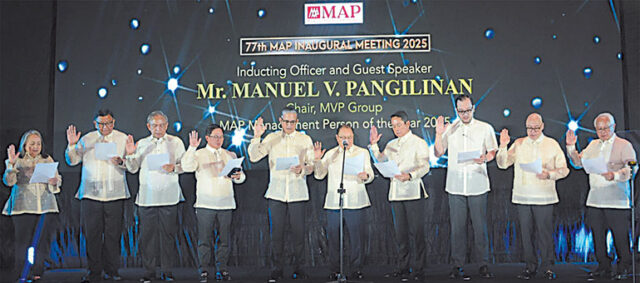
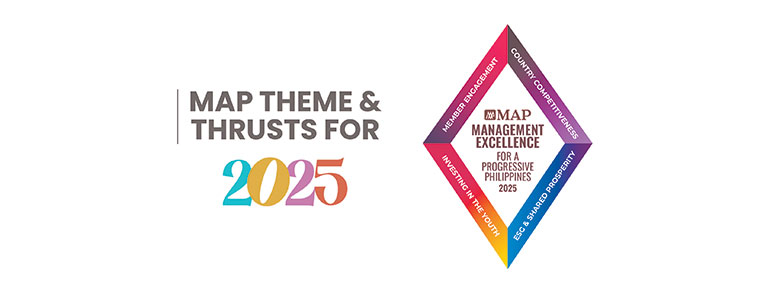 Beyond sports, Mr. Panlilio also actively contributes to society by focusing on improving education for Filipinos. For instance, he is a trustee at the Ateneo Scholarship Foundation and Kapampangan Development Foundation.
Beyond sports, Mr. Panlilio also actively contributes to society by focusing on improving education for Filipinos. For instance, he is a trustee at the Ateneo Scholarship Foundation and Kapampangan Development Foundation.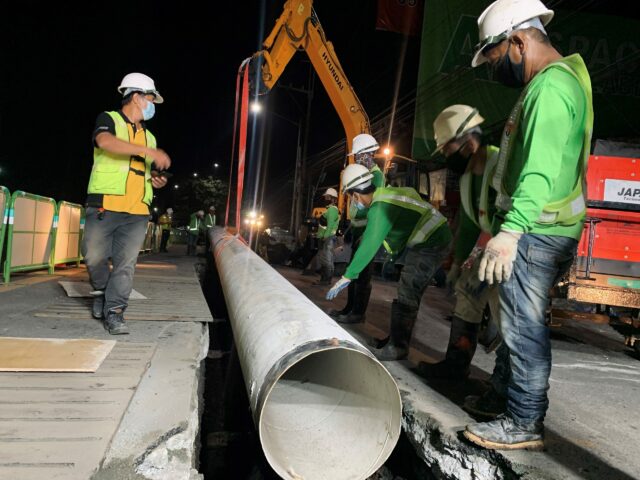

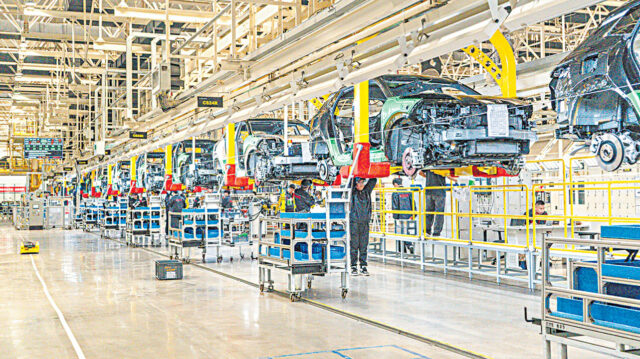

![BTr-Treasury-720p-3-1024x576[BW FILE PHOTO]](https://www.bworldonline.com/wp-content/uploads/2024/04/BTr-Treasury-720p-3-1024x576BW-FILE-PHOTO-640x360.jpeg)


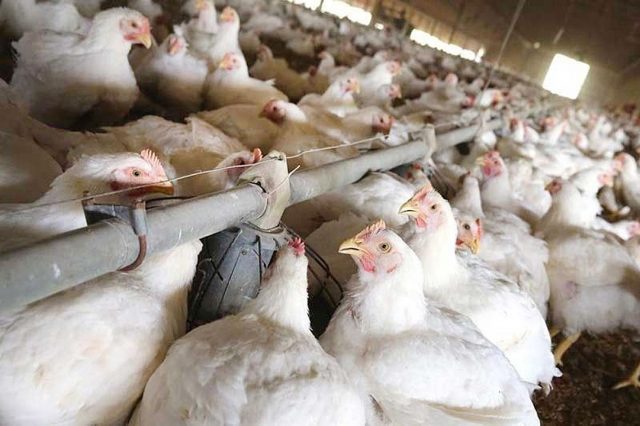

![BSP_3822-1024x683 [BW file photo]](https://www.bworldonline.com/wp-content/uploads/2024/04/BSP_3822-1024x683-BW-file-photo-640x427.jpeg)